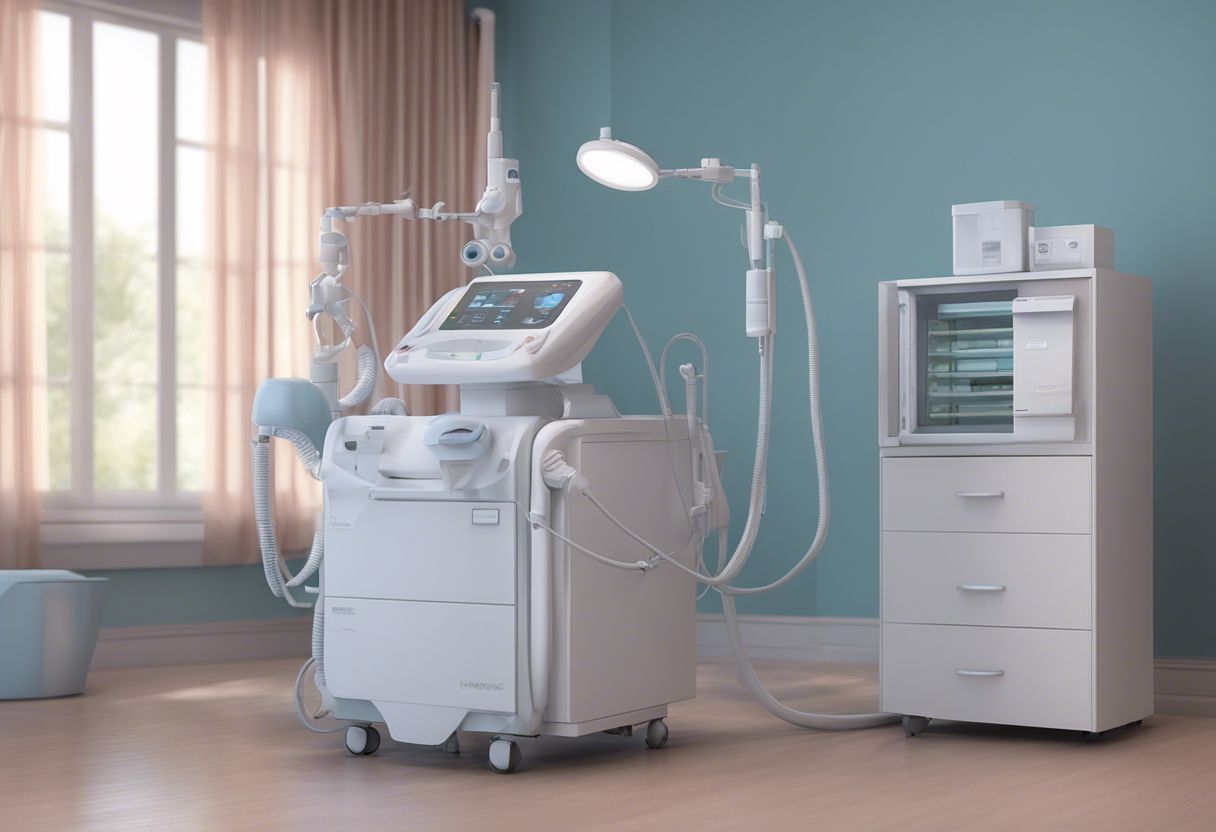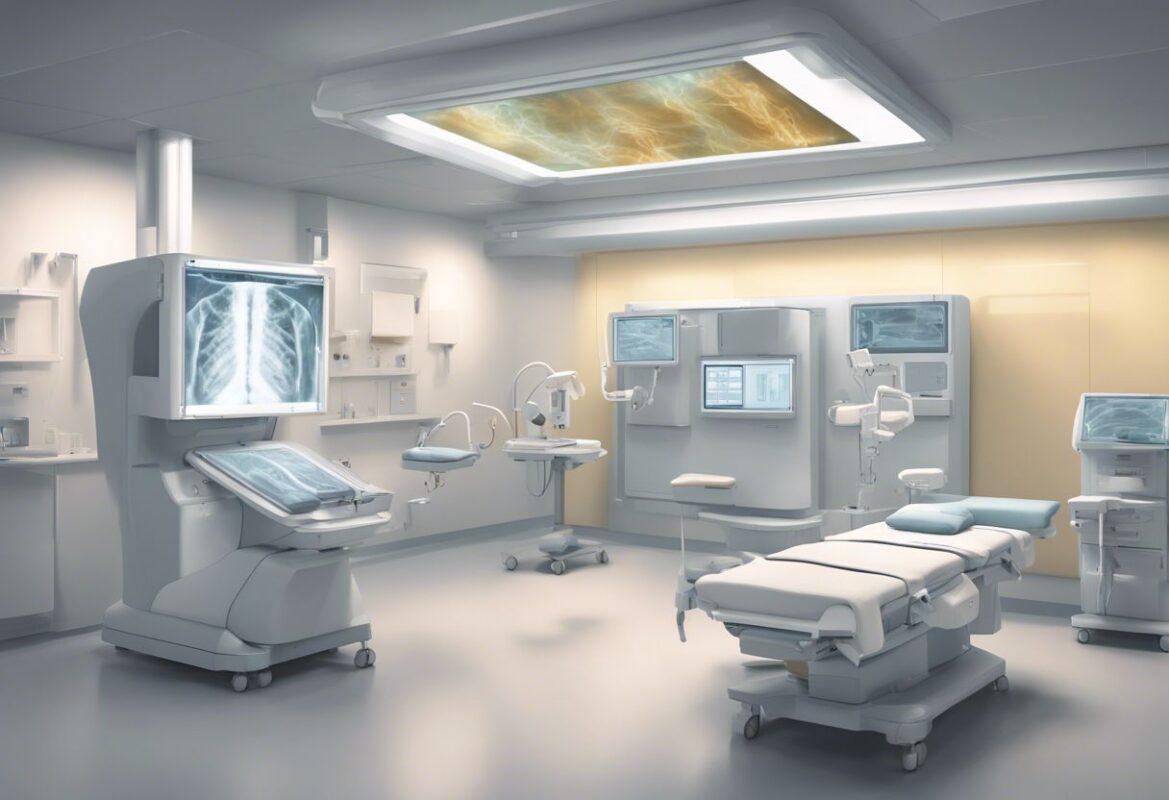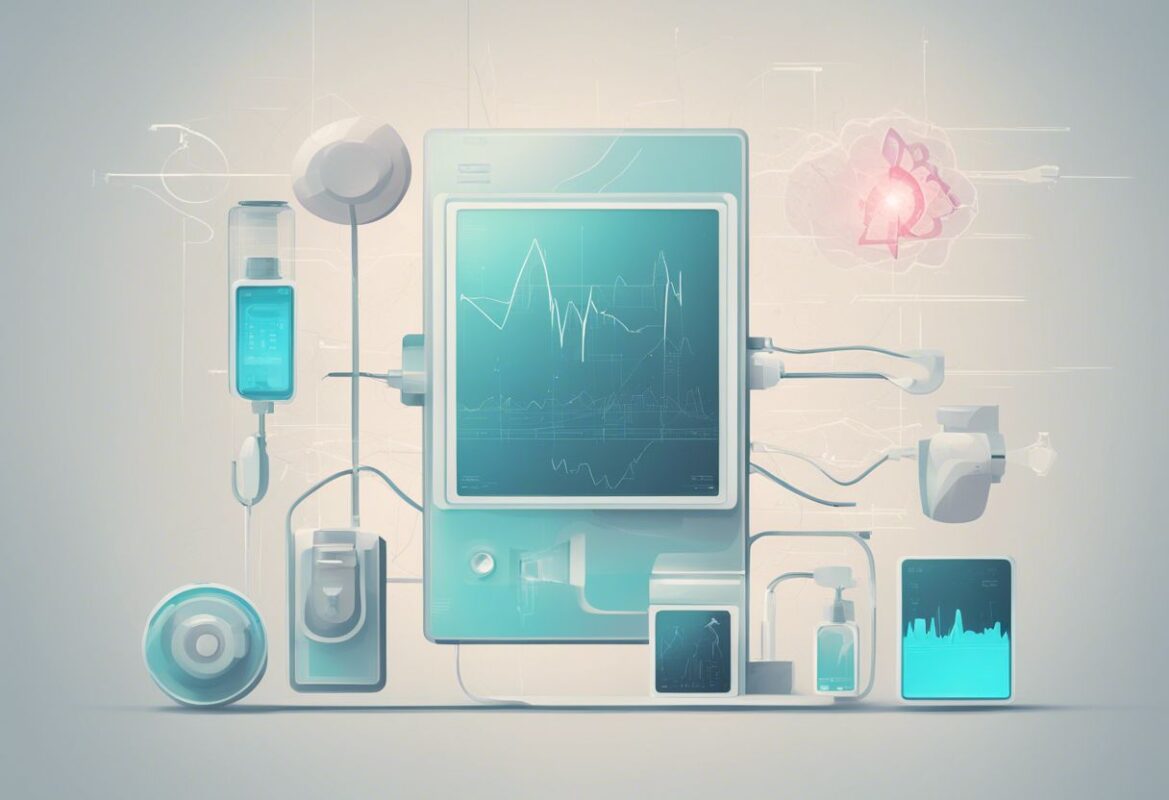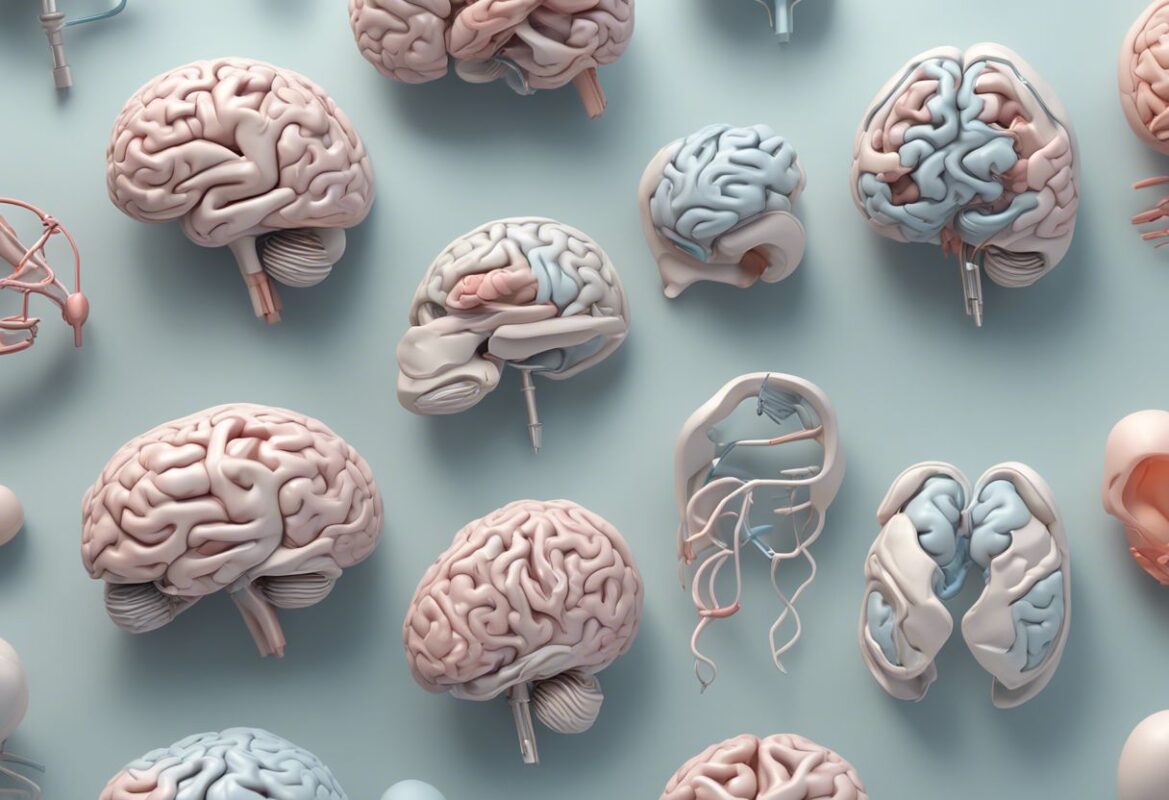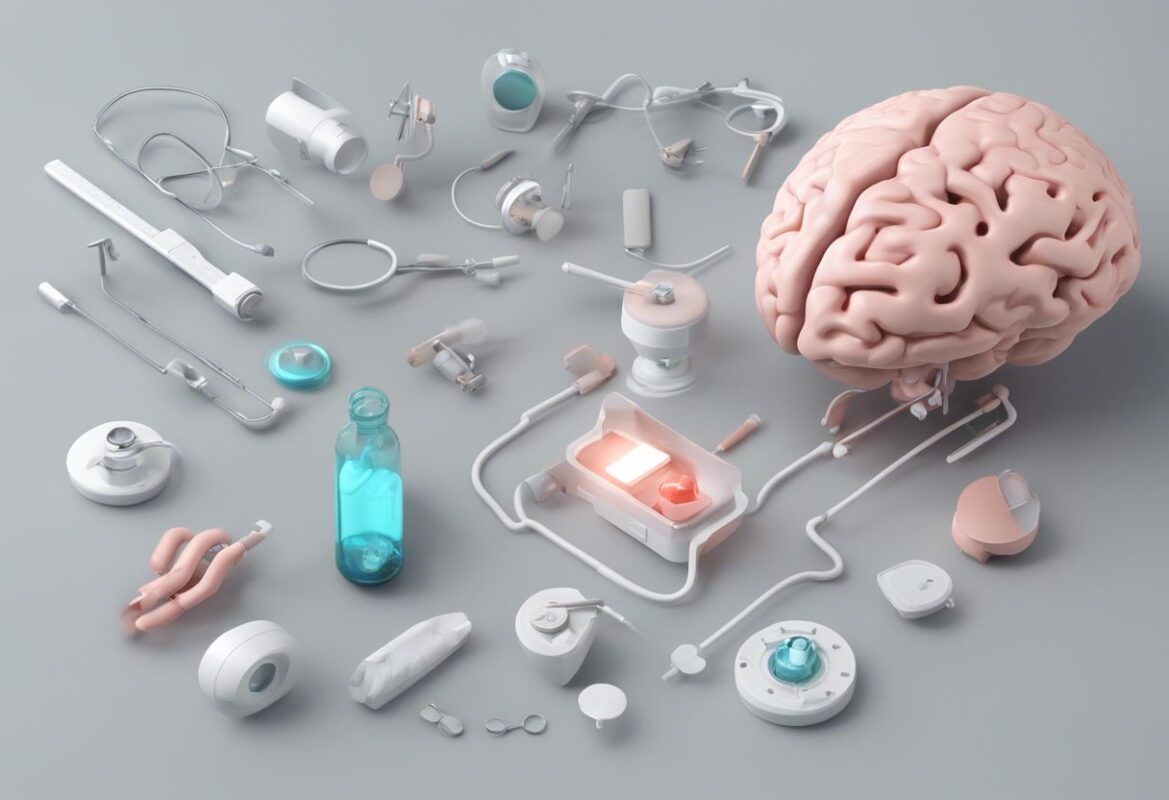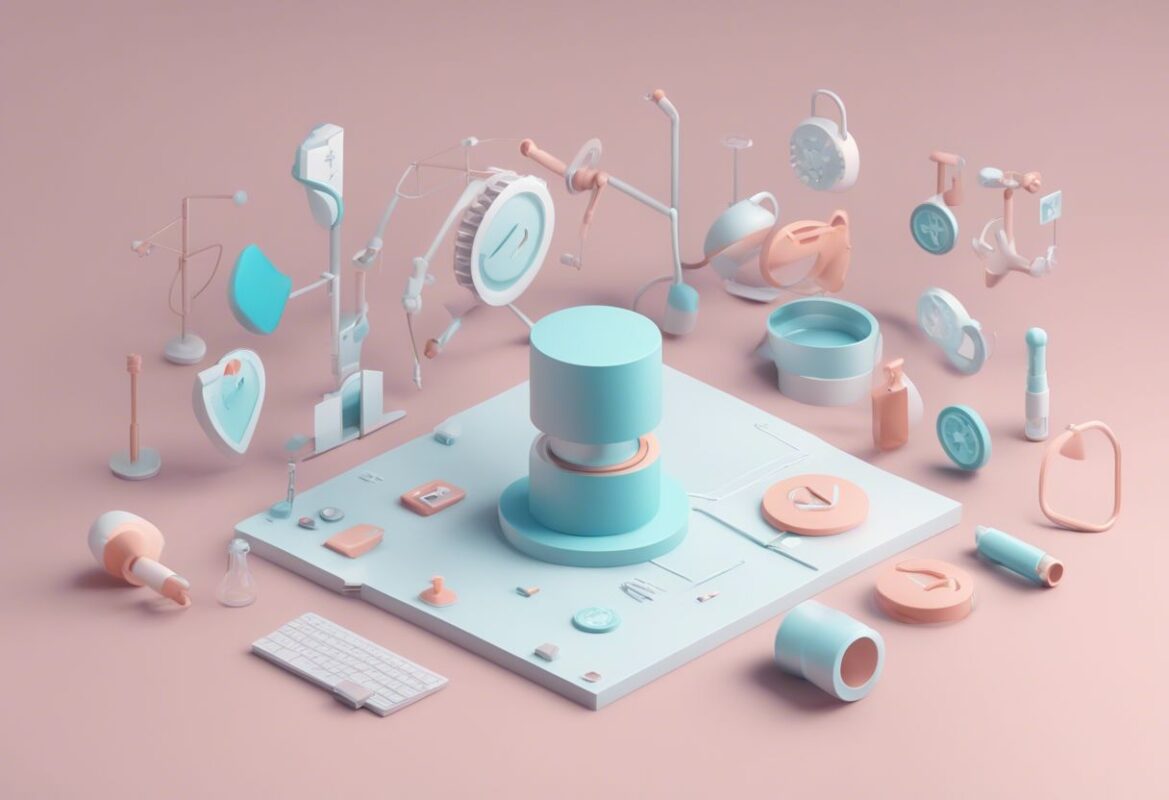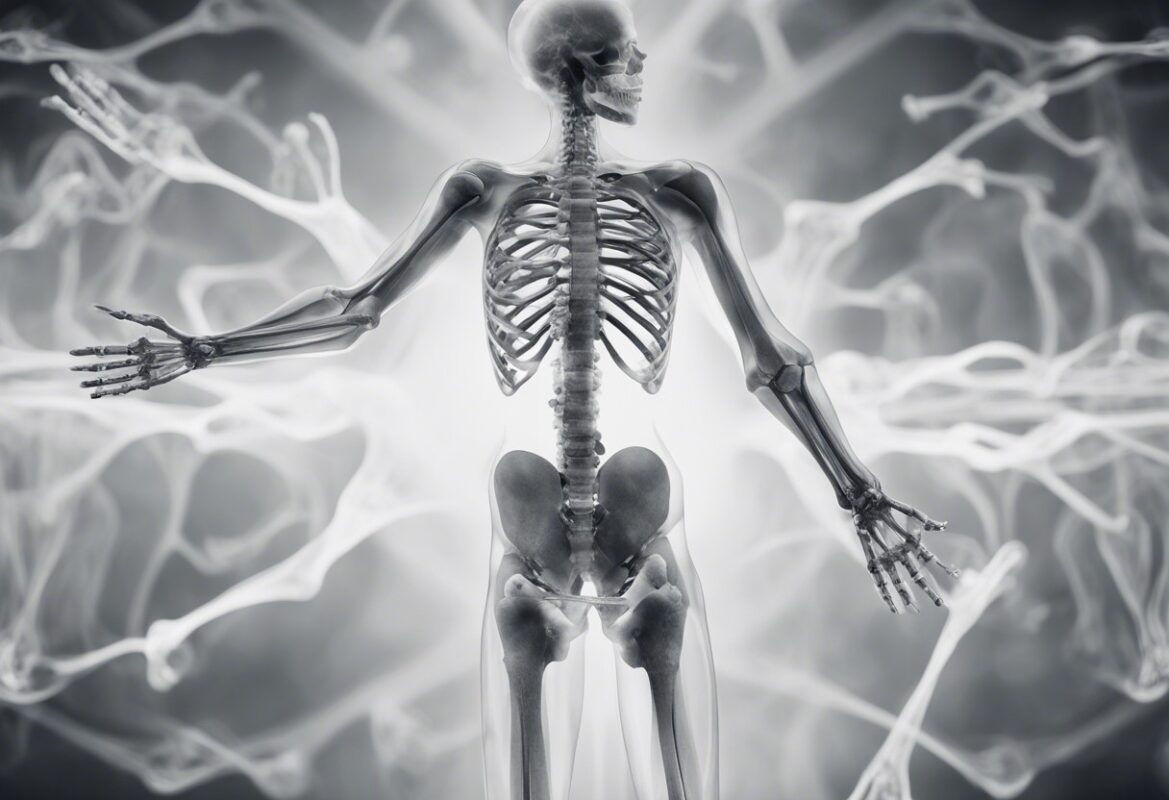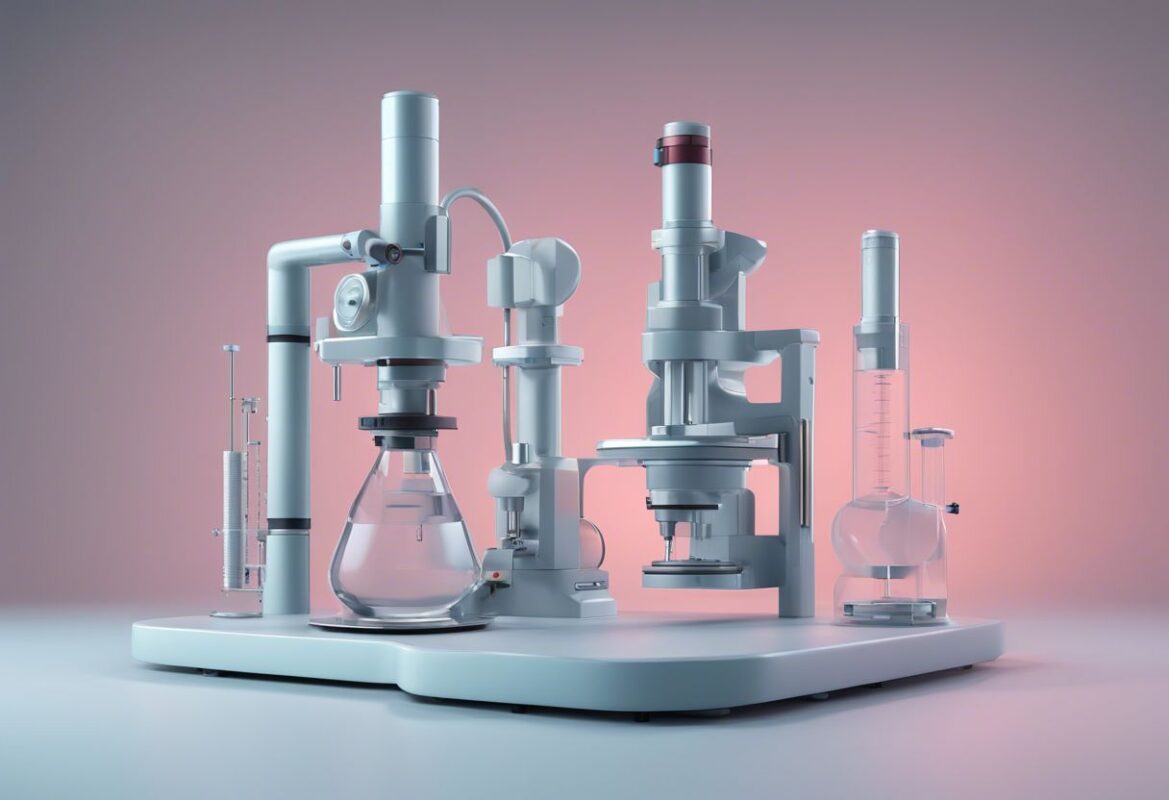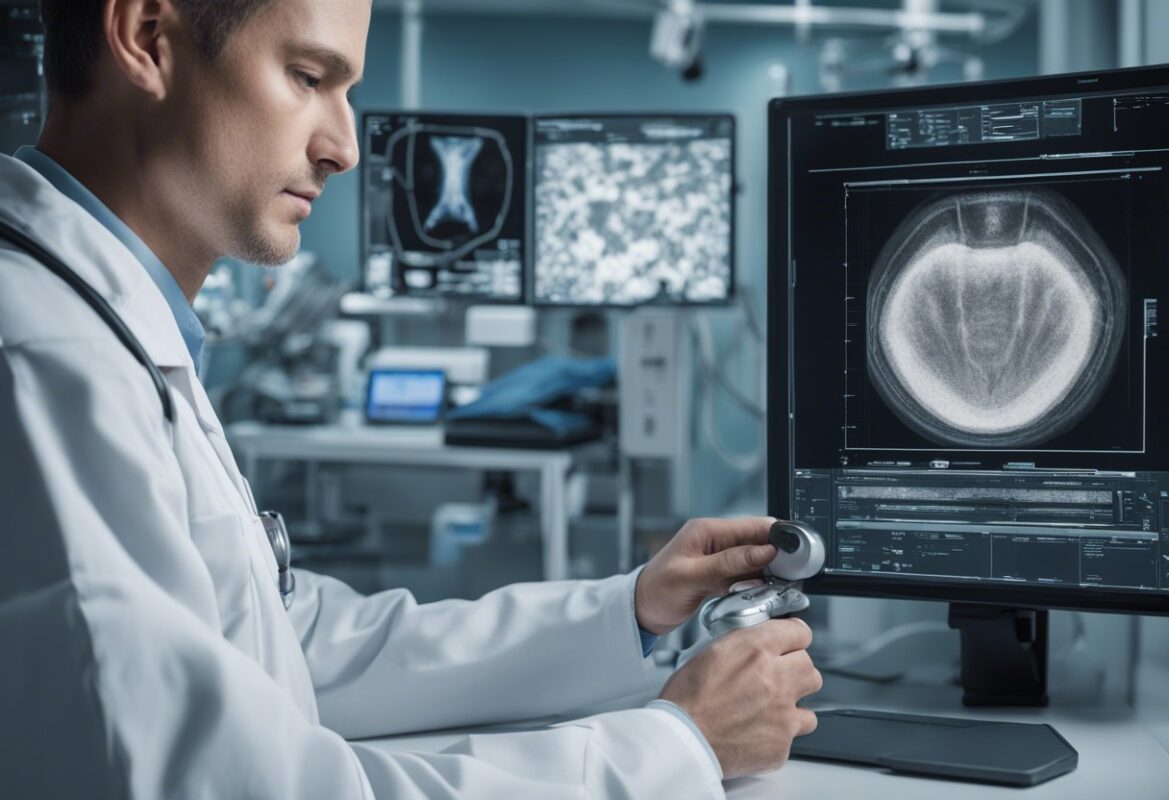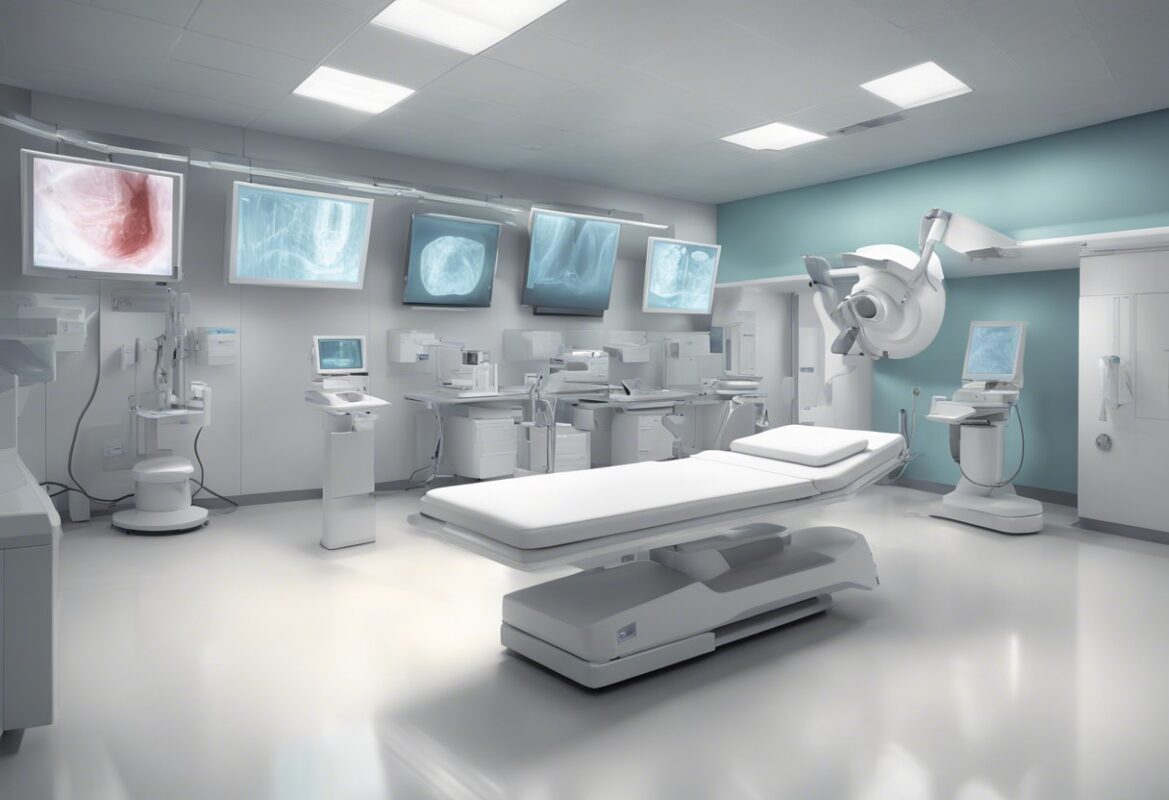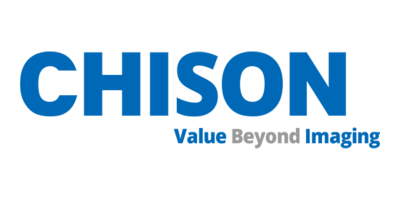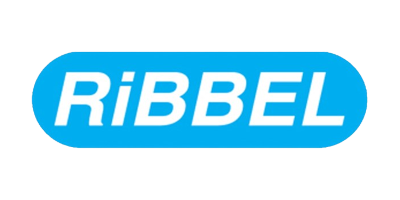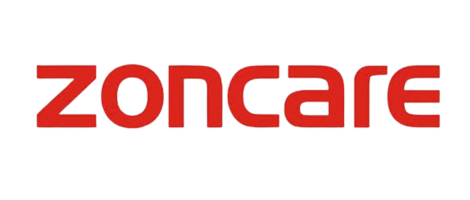Respiratory devices play a crucial role in modern medicine, providing essential support and therapy for patients with a variety of respiratory conditions. From chronic diseases like COPD and asthma to acute respiratory distress in critical care settings, these devices ensure that patients receive the oxygen and ventilation they need. In this detailed post, we explore the different types of respiratory devices, their applications, and the future trends shaping this vital field.
Understanding Respiratory Devices
Respiratory devices are medical instruments designed to aid or replace the function of the lungs, ensuring that patients can breathe effectively. They range from simple devices that assist with inhalation to complex machines that take over the entire breathing process.
Key Characteristics of Respiratory Devices
- Efficiency: Ability to deliver precise and controlled respiratory support.
- Safety: Designed to minimize risks and ensure patient safety during use.
- Comfort: Enhancements to ensure patient compliance and comfort during therapy.
- Portability: Some devices are designed for mobility, allowing patients to maintain their quality of life.
Types of Respiratory Devices and Their Applications
1. Mechanical Ventilators
Overview
Mechanical ventilators are advanced machines that support or replace spontaneous breathing by delivering air directly to the patient’s lungs.
Types
- Invasive Ventilators: Require intubation (insertion of a tube into the windpipe) and are used in critical care settings.
- Non-Invasive Ventilators (NIV): Use masks or nasal interfaces to provide ventilation without intubation.
Applications
- Intensive Care Units (ICUs) for patients with acute respiratory failure.
- Operating rooms during surgeries requiring general anesthesia.
- Home care for patients with chronic respiratory insufficiency.
2. CPAP and BiPAP Machines
Overview
Continuous Positive Airway Pressure (CPAP) and Bilevel Positive Airway Pressure (BiPAP) machines are used primarily to treat sleep apnea by maintaining open airways during sleep.
Types
- CPAP Machines: Provide a constant stream of air pressure to keep the airways open.
- BiPAP Machines: Deliver two levels of pressure—higher during inhalation and lower during exhalation.
Applications
- Treatment of obstructive sleep apnea.
- Management of respiratory distress in certain neuromuscular diseases.
3. Nebulizers
Overview
Nebulizers convert liquid medication into a fine mist that can be inhaled into the lungs, making them effective for delivering respiratory medications.
Types
- Jet Nebulizers: Use compressed air to create a mist.
- Ultrasonic Nebulizers: Use ultrasonic waves to generate a fine mist.
Applications
- Asthma treatment.
- Management of chronic obstructive pulmonary disease (COPD).
- Treatment of respiratory infections and conditions requiring bronchodilation.
4. Oxygen Concentrators
Overview
Oxygen concentrators are devices that concentrate oxygen from ambient air and deliver it to patients requiring supplemental oxygen.
Types
- Stationary Oxygen Concentrators: Designed for home use with continuous oxygen supply.
- Portable Oxygen Concentrators: Lightweight and battery-operated, suitable for active patients.
Applications
- Chronic obstructive pulmonary disease (COPD).
- Interstitial lung disease.
- Acute and chronic hypoxemia.
5. Spirometers
Overview
Spirometers are diagnostic devices used to measure lung function, specifically the volume and flow of air during inhalation and exhalation.
Types
- Handheld Spirometers: Portable devices for quick assessments.
- Desktop Spirometers: More comprehensive units used in clinical settings.
Applications
- Diagnosing asthma, COPD, and other respiratory conditions.
- Monitoring lung health in patients with chronic respiratory diseases.
- Pre-operative assessments.
Benefits of Respiratory Devices
Enhanced Patient Outcomes
Respiratory devices provide critical support, improving the quality of life for patients with chronic respiratory conditions and aiding recovery in acute settings.
Improved Diagnosis and Monitoring
Devices like spirometers enable early detection and continuous monitoring of respiratory conditions, allowing for timely intervention and better disease management.
Increased Mobility and Independence
Portable oxygen concentrators and non-invasive ventilation devices allow patients to maintain their mobility and independence, significantly enhancing their quality of life.
Safety and Efficiency
Modern respiratory devices are designed with advanced safety features and user-friendly interfaces, ensuring efficient and safe use by both healthcare providers and patients.
Future Trends in Respiratory Devices
Integration of Artificial Intelligence (AI)
- Innovation: AI algorithms are being integrated into respiratory devices to predict patient needs, optimize therapy settings, and monitor compliance.
- Impact: Improved patient outcomes through personalized treatment plans and early detection of complications.
Wearable Respiratory Monitors
- Innovation: Development of wearable devices that continuously monitor respiratory parameters like oxygen saturation, respiratory rate, and airflow.
- Impact: Real-time monitoring and data collection, enhancing chronic disease management and enabling proactive care.
Telemedicine and Remote Monitoring
- Innovation: Use of telemedicine platforms to remotely monitor and adjust respiratory therapies.
- Impact: Increased access to care, particularly for patients in remote areas, and improved management of chronic respiratory conditions.
Advances in Portable Technologies
- Innovation: Continued development of lighter, more efficient portable oxygen concentrators and ventilators.
- Impact: Enhanced mobility and quality of life for patients requiring respiratory support outside of traditional healthcare settings.
Regenerative Medicine and Bioengineering
- Innovation: Research into regenerative medicine and bioengineering to develop bioartificial lungs and other advanced therapies.
- Impact: Potential to provide long-term solutions for severe respiratory conditions, reducing the need for mechanical support.
Conclusion
Respiratory devices are integral to modern healthcare, providing essential support for patients with a wide range of respiratory conditions. From advanced mechanical ventilators in critical care settings to portable oxygen concentrators that enhance patient mobility, these technologies have transformed pulmonary care. As innovation continues to drive the field forward, the integration of AI, wearable monitors, and telemedicine will further enhance the capabilities of respiratory devices, ensuring better patient outcomes and improved quality of life. By staying informed about these advancements, healthcare providers can continue to deliver the highest standard of respiratory care, meeting the diverse needs of their patients effectively and efficiently.







